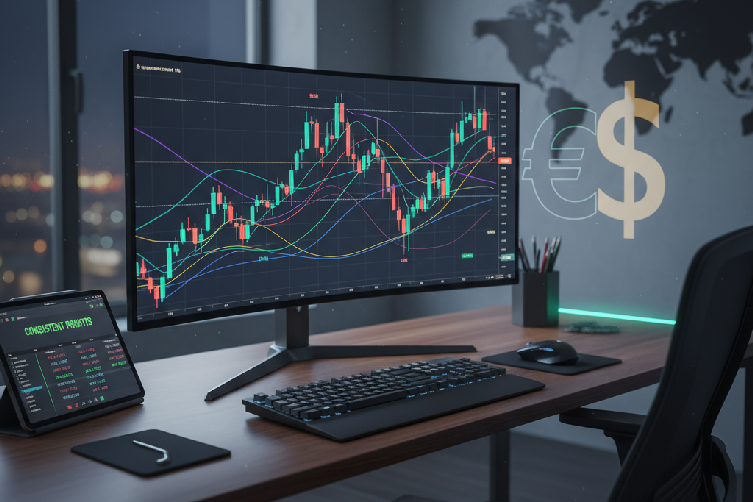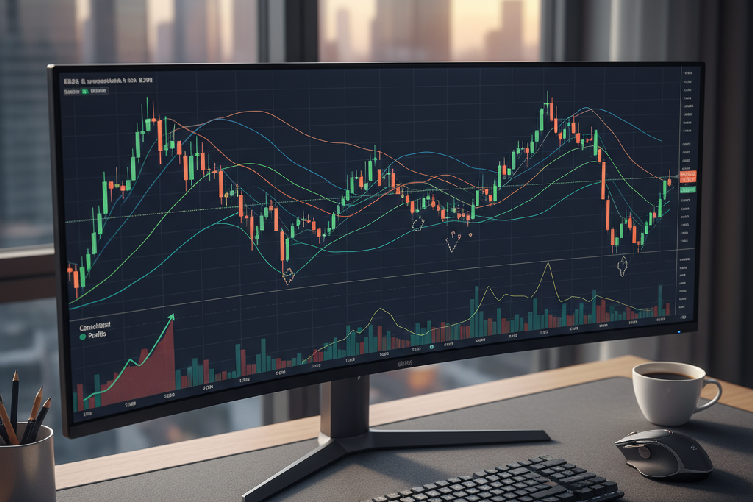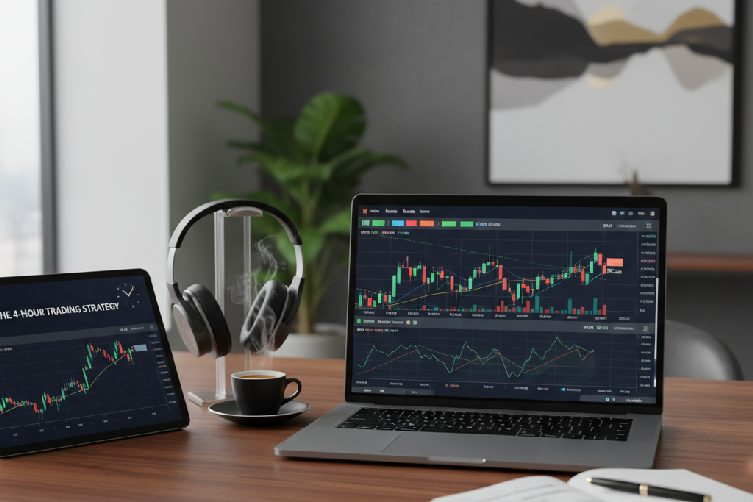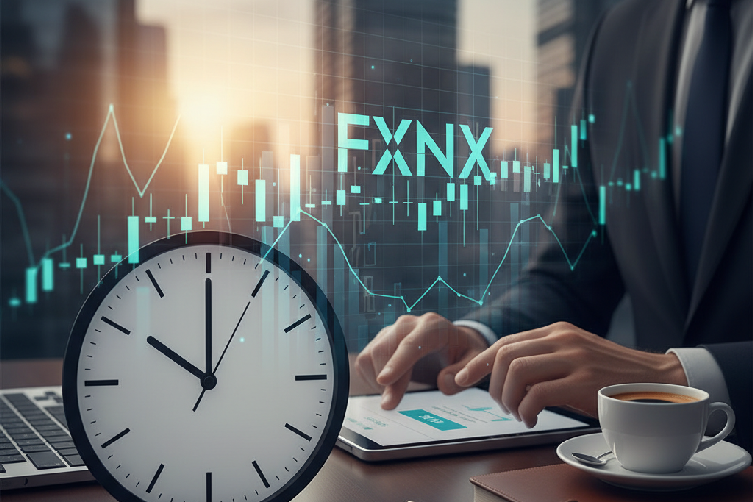5 EMA Swing Trading Strategy – The Path to Consistent Profits

Navigating the forex market for consistent profits can be a challenge. The 5 EMA swing trading strategy offers a robust technical analysis method for identifying promising trading opportunities.
This approach uses the 5-period Exponential Moving Average to pinpoint short-term trend changes and momentum shifts. Its simplicity and effectiveness make it a popular choice for traders seeking an effective trading strategy. It helps you make informed decisions about entering and exiting trades, combining the quick responsiveness of the 5-period EMA with price action analysis.
What Is the 5 EMA Swing Trading Strategy?
The 5 EMA swing trading strategy is a technical analysis method that leverages the 5-period Exponential Moving Average. Its primary goal is to identify short-term trend reversals and potential trading opportunities within the market.
This strategy shines for swing traders who aim to capture price movements over several days to weeks. Because the 5 EMA reacts quickly to price changes, it’s an excellent tool for staying ahead of market shifts.
Mathematical Foundation of the 5 EMA
The 5 EMA is calculated with a formula that prioritizes recent prices, making it more responsive than simple moving averages. The calculation is:
`EMA = Price(t) × k + EMA(y) × (1 − k)`
Where:
- `t = today`
- `y = yesterday`
- `k = 2 ÷ (N + 1)`
- `N = number of periods (5 in this case)`
This mathematical weighting ensures the EMA reflects current market conditions accurately. Let’s break down its components:
- 5 EMA Line:
* Acts as a dynamic support/resistance level, adapting to price changes and offering real-time insights.
* Helps identify trend direction, guiding traders on whether to take long or short positions based on market momentum.
* Signals potential entry and exit points, providing clear indicators for action based on price movements relative to the EMA.
- Price Action:
* Candlestick patterns offer confirmation, visualizing market sentiment and potential future movements.
* Key reversal patterns to observe include:
* Engulfing patterns: Indicate a strong shift in market sentiment and potential trend reversals.
* Doji candles: Signify market indecision and potential turning points.
* Hammer and Shooting Star formations: Highlight potential reversals after a price movement, offering critical insight.
- Support and Resistance Levels:
* Historical price levels show consistent behavior, helping traders anticipate future price movements.
* Psychological round numbers often act as key barriers for price action, influencing trader decision-making.
* Previous swing highs and lows provide context for current price levels, aiding in identifying potential breakout or reversal zones.

- Volume:
* Confirms trend strength; higher volume during price movements indicates stronger conviction.
* Helps identify potential reversals by showing divergences between price and volume, alerting traders to possible market dynamic changes.
* Validates breakouts, ensuring price movements are supported by sufficient trading activity for sustainability.
How to Implement the 5 EMA Strategy
Step 1: Setting Up Your Charts
First, choose a suitable timeframe for your trading style.
- H4 (4-hour) benefits:
* Less noise than lower timeframes, leading to clearer signals.
* Suitable for part-time traders, requiring less frequent monitoring.
* Captures significant moves, offering ample profit opportunities.
- Daily timeframe advantages:
* Reduces false signals, resulting in more reliable trade setups.
* Better for longer-term trends, aligning with broader market movements.
* Often aligns with institutional trading, enhancing the likelihood of successful trades.
Next, add the 5 EMA indicator:
- Platform-specific instructions (e.g., on the FXNX platform): Navigate to `Insert > Indicators > Trend > Moving Average` or `Indicators > Moving Average` and set it to Exponential with a Period of 5.
Finally, identify key support and resistance levels:
- Use multiple timeframe analysis for a comprehensive view of price action.
- Mark significant swing highs and lows, which can act as potential reversal points.
- Note round numbers (e.g., 1.3000, 1.3500) that often serve as psychological barriers.
Step 2: Entry Rules
#### Long Positions
- Price crosses above the 5 EMA:
* Wait for the candle to close above the EMA to confirm the breakout.
* Look for strong momentum candles, indicating a robust trend.
* Avoid entering during ranging markets, as they can lead to false signals.
- Bullish candlestick patterns:
* Engulfing patterns success rate: ~70%, indicating strong buying pressure.
* Hammer formations reliability: ~65%, suggesting potential reversals.
* Morning Star patterns accuracy: ~75%, providing additional confirmation for long entries.
- Volume Confirmation:
* Above-average volume is preferred, as it indicates strong buyer conviction.



















